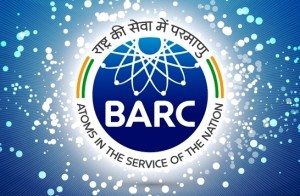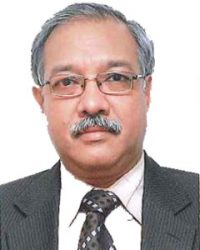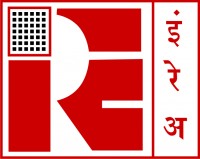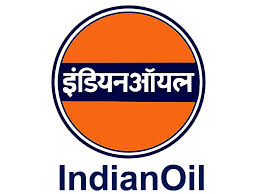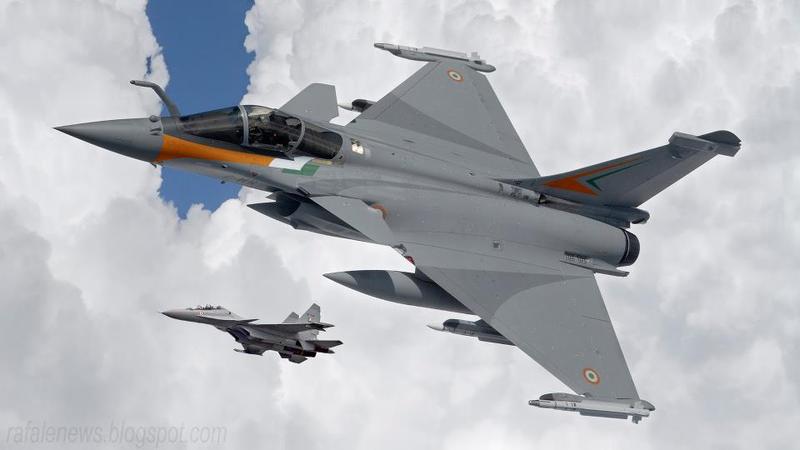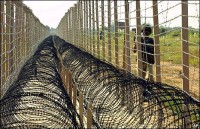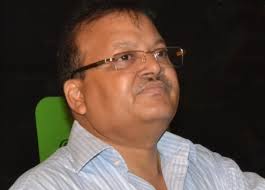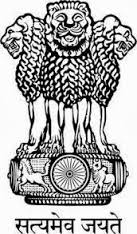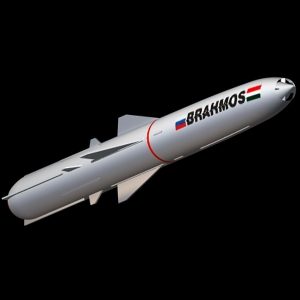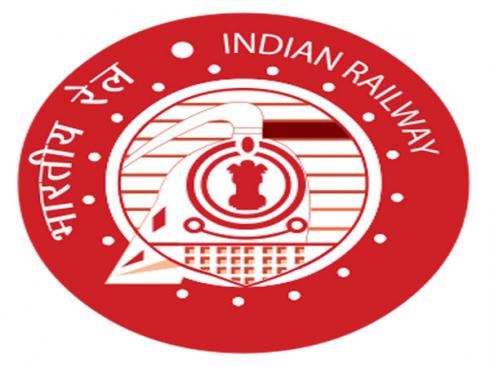The Minister of State (I/C) for Petroleum & Natural Gas Shri Dharamendra Pradhan informed the Lok Sabha in a written reply today that Iran-Pakistan-India (IPI) Gas Pipeline Project has been under discussion with the Governments of Iran and Pakistan since 2005. 60 MMSCMD of gas is proposed to be supplied in Phase-I, to be shared equally between India and Pakistan. In Phase-II, 90 MMSCMD of gas is envisaged to be supplied. Several rounds of discussions have taken place, involving the India-Pakistan-Iran Joint Working Group (JWG), India-Pakistan JWG and the India-Iran Special JWG. The matter has also been discussed at the Ministerial level. Several critical issues, viz., the delivery point of Iranian gas, the project structure including project finance, guarantees related to safety of the pipeline and security of supply, pricing of gas, location of international seat of arbitration, etc. are yet to be resolved. In view of critical issues remaining unresolved there has been no further development in this project.
V G Kannan appointed as MD-SBI
Shri V G Kannan, MD, SBI Capital, has been appointed as Managing Director of State Bank of India
Prior to this, he was the CGM of Mid Corporate Group, SBI Corporate Office at Mumbai. He had joined SBI in the year 1978, and since then, he has held various assignments spanning Credit, Forex and Investments and Retail Banking. He has had considerable experience over 10 years in credit and over 16 years in various aspects of Treasury. He was head of the Banks Forex Department and later on he moved back to into credit and his assignments include heading the Delhi Mid Corporate Region as General Manager. He has had a stint in Retail Banking having served as General Manager of Banks Retail Network in Chennai for 2 years.
He also worked in Hong Kong in Money and Treasury desk.
Sanjay Banga appointed as CVO Indian Rare Earths Ltd. (IREL)
Shri Sanjay Banga, Indian Engineering Service(93) appointed as CVO in Indian Rare Earths Limited (IREL), Mumbai under Department of Atomic Energy for a period of 3 year.He comes in place of Shri B R Tarafdar the current CVO who joined IREL on April 2014.
B Ashok takes charge as Chairman of IOC
B Ashok took over as Chairman of Indian Oil Corp, the nation’s largest oil firm.Prior to his appointment as Chairman IOC, Ashok was ED- Retail Sales and ED at the Corporate Office at New Delhi. A mechanical engineer from College of Engineering, Guindy, Madras University with a Post-Graduate Management degree from National Management Programme of Management Development Institute.Ashok has over 33 years of experience in the oil and gas industry.
Rafale Jet induction on fast track
India’s negotiations with French aviation major Dassault for 126 Rafale Medium Multi Role Combat Aircraft (MMRCA) for USD 20 billion “are progressing well” and the contract is likely “sooner than later in the current financial year (2014-15)” a top military commander has said.
The number of Su-30MKI aircraft is also steadily increasing. The IAF has planned induction of 272 Su-30MKIs, periodically upgraded, and nearly 60 percent of them are operational.
The IAF’s proposed strength for combat aircraft is 42 squadrons, to be reached by 2022. Because of the phasing out of the old aircraft like MiG-21s and MiG-23s, the current squadron strength is reported to be 34.
Air Chief Marshal Arup Raha expressed confidence and observed: “Early induction of LCA and MMRCA has been planned for arresting the drawdown in the strength of fighter squadrons…. IAF is likely to have its sanctioned strength of combat squadrons operational sooner than later.”
On the urgent requirement of combat aircraft though, he pointed out: “The MMRCA CNC (Commercial Negotiations Committee) is presently negotiating various aspects of the contract with the L1 vendor, Dassault Aviation of France. The negotiations are progressing well. The contract for 126 MMRCA is expected to be signed sooner than later in the current FY 2014-15.”
Border infra gets Rs 2,250 outlay
Finance Minister Arun Jaitley has allocated Rs 2,250 crore for the modernisation of India’s border infrastructure, besides allocating Rs 990 crore for the socio-economic development of the villages along the borders, in his Budget proposals. This will benefit the villages in Punjab, Jammu and Kashmir and Rajasthan. The border modernisation includes the proposal for strengthening infrastructure along the India-Pakistan border. The government has earmarked Rs 300 crore for the purpose, a sharp increase when compared to an outlay of only Rs 95 crore in the Budget 2013-14 for strengthening the infrastructure along the India-Pakistan border. The border management includes barbed wire fencing, construction of roads, observation posts, installation of flood lighting and other construction activities. Another important provision is the induction of high technology surveillance on the borders along Bangladesh and Pakistan. Rs 367 crore has been allocated for building infrastructure along the India-China border for the current financial year. In the last financial year, Rs 215 crore was allocated for the purpose. In addition, the government has allocated Rs 287.70 crore for setting up border outposts along international borders manned by the Central Armed Police Forces. In the Budget 2013-14, Rs 191 crore was put aside for it. The government has allocated Rs 150 crore for coastal security, which includes setting up mobile check posts, procurement of boats and construction of marine police stations for better surveillance. In the last fiscal, the budget allocated for coastal security was Rs 70 crore. The Budget also focuses on assisting states for dealing with the Left wing extremism. Union Finance Minister Arun Jaitley in his Budget speech said, “I am also allocating adequate funds for carrying out small but much-needed developmental activities as additional central assistance for Left wing extremist-affected districts.” Presently, a total of 182 districts across 20 states are facing the problem of Left wing extremism. The government has allocated Rs 40 crore as assistance to states for Naxal management for the current financial year, as compared to the revised budget of Rs 36 crore for 2013-14. During his speech, the Finance Minister also said the modernisation of state police forces would be reviewed. “I propose to enhance the allocation from Rs 1,847 crore in the BE of 2013-14 to Rs 3,000 crore in the current financial year,” he said. The government has allocated Rs 12,169.51 crore for India’s largest paramilitary and counter-Naxal force, the Central Reserve Police Force (CRPF), for the current financial year. In contrast to this year, the revised Budget of 2013-14 for the CRPF was Rs 11,373.72 crore. The CRPF also assists the states in the maintenance of law and order. The BSF, which guards the India-Pakistan and India-Bangladesh borders, has been allocated Rs 11,242.02 crore for the current financial year, as compared Rs 10,378.77 crore in 2013-14. The ITBP, which guards the India-China border, has been allocated Rs 3082.48 crore, which is lesser than the last fiscal allocation of Rs 3124.33 crore. The Central Industrial Security Force (CISF), which protects the properties of public sector undertakings and other central and state government agencies, has got Rs 4,729.22 crore for the current financial year, as compared to Rs 4391.49 crore in 2013-14. In regard to India’s central intelligence agencies, the government has allocated Rs 101.03 crore for the National Investigation Agency (NIA), as compared to Rs 80.12 crore in the last financial year. Increase in budget for building infrastructure Rs 2,250 cr allocated to strengthen and modernise infrastructure along borders Rs 990 cr kept aside for the socio-economic development of the villages along the borders The border management includes barbed-wire fencing, construction of roads, observation posts, installation of flood lights Rs 367 crore allocated for building infrastructure along the India-China border
Shankar Agarwal to have additional charge of Ministry of Women & Child Development
Shri Shankar Agarwal (UP;80) Secretary ,Ministry of Urban Development to hold additional charge of the post of Secretary ,Ministry of Women & Child Development for a period of 10 days with immediate effect.
Governors appointed for four States
The government Monday appointed new Governors for Uttar Pradesh, Chhattisgarh, West Bengal and Gujarat.The Governors are Ram Naik (Uttar Pradesh), Balramji Dass Tandon (Chhattisgarh), Keshari Nath Tripathi (West Bengal) and Om Prakash Kohli (Gujarat)
BrahMos missile orders exceeded record $6 billion in India
Total orders for different versions of the winged supersonic missile BrahMos by the Indian navy and armed forces have exceeded $6 billion, the president of the Russian-Indian missile developer and producer Sivathanu Pillai told journalists on Monday.
Joint Russia-India BrahMos Aerospace has requested the Indian government for permission to export the winged supersonic missiles BrahMos to third countries.
Russia had already approved the proposal, while a number of countries had expressed readiness to purchase BrahMos, he added.
The permit could be obtained by the year-end and mentioned the earlier compiled list of fourteen countries, where India could export weapons.
BrahMos Aerospace established in 1998 was named after the rivers Brahmaputra and Moskva. The missile that attacks targets designated 290 kilometres away from an altitude as low as ten meters has already been purchased by the Indian navy and armed forces.
BrahMos cruise missile successfully test-fired
India successfully test-fired the BrahMos supersonic cruise missile on Tuesday from a defence base in Odisha, an official said. It has a range of 290 km and can carry conventional warhead of up to 300 kg.
The missile was launched from the Integrated Test Range in Chandipur in BalasoreBSE 1.63 % district, about 230 km from here.
“The test was successful. It was a land version of BrahMos. It was done with a total indigenous airframe,” M.V.K.V. Prasad, director of the test range.
The missile, developed by the Indo-Russian joint venture BrahMos Aerospace, has a top speed of Mach 2.8, about three times faster than the US subsonic Tomahawk cruise missile. This makes BrahMos one of the fastest cruise missiles in the world.
The missile can be launched from submarines, ships and aircraft. Sea and ground launched versions of the missile have been successfully tested and put into service with the army and the navy.
Courtesy:EconomicTimes
NDA Government Presents Its First Rail Budget
Railway Minister Sadananda Gowda began presenting the Narendra Modi government’s first Rail Budget today, with an acknowledgement of the enormity of the task he faces to revamp the mammoth Indian Railways.
He stated his intent to make the Railways the biggest freight carrier in the world and pointed out that the Indian Railways carries more than the entire population of Australia in a day.
He is expected to suggest a bigger private sector role in developing the Railway in his budget, traditionally regarded by economists as setting the stage for the Union Budget, to be presented on Thursday, in which the ruling BJP government will lay out its economic reform plans.
Prime Minister Narendra Modi last week said in a speech he hopes for more private sector money in modernising the railways, still the main form of long-distance travel for most of India’s population. “We want the railway stations to have better facilities than airports. This is our dream,” said Mr Modi. Mr Gowda is expected to announce more public-private partnerships in railway infrastructure.
“You will see a change in near future,” Mr Modi had promised, adding that “private parties would also be ready to invest because this is a good project economically and will benefit everyone.”
Mr Modi’s BJP, which took office in May after scoring a landslide election win, has also said it favours a greater role for private business in building other infrastructure such as roads and ports. But the BJP has said modernisation of the decrepit and over-burdened train network tops its ambitious agenda for infrastructure-building in the country.
Dilapidated transportation has held back growth of Asia’s third-largest economy, analysts say.
To help fund new wagon purchases, modernise track, revamp lines and improve safety, the government hiked passenger fares by 14.2 percent and freight rates by 6.5 percent — the steepest rise in 15 years and a politically controversial move.
A public outcry saw the government later partially climb down over city commuter fare hikes, underscoring the difficulty in reducing subsidies in a tough economic environment.
The economy is growing by just under five percent annually, far below the near double-digit pace of a few years ago.
Finance Minister Arun Jaitley underlined Monday in parliament the government’s determination to go ahead with difficult belt-tightening decisions, saying “for any public utility to run, the users must pay”.
The government has also suggested it may open up the railway to foreign investors, and analysts will be looking for any suggestion of such a move in the rail budget as a sign of desire to welcome more outside investment.
Analysts say as much as $500 billion, or nearly Rs. 30 lakh crore must be invested over the next decade to overhaul the network.
In the Union Budget, Mr Jaitley is expected to press forward with fuel price rises as part of efforts to curb subsidies.
India’s subsidies on energy, food and fertiliser total some Rs. 2.6 lakh crore annually. ($1= Rs. 60)
Courtesy: NDTV



